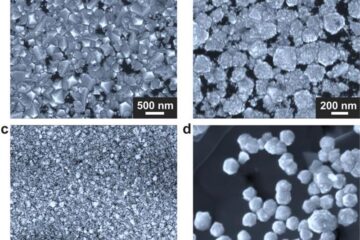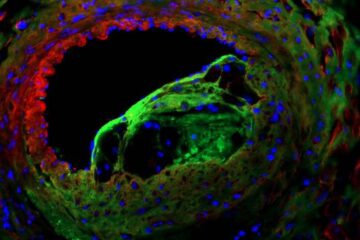Reproduction of fungus depends on …

A research team of the Department of Applied Chemistry of the University of the Basque Country has been studying the reproduction of funguses. In the laboratory of Unai Ugalde, they have studied and identified a molecule that is essential in the growing of fungus.
It is already known that funguses grow in several places, but the factors that affect their growing are still unknown. Funguses grow through hypha, that is, small filamentous. However, in certain situations they produce spores that later are expanded through the air. Nevertheless, in order to form spores, there must be certain conditions in the environment. For example, wind is essential in order to produce an effective reproduction of fungus, but nutrients, light and other factors are also necessary. Scientists have been studying since many years trying to discover which are those other factors, but there was still a factor to be discovered.
Eight years ago, the team of Unai Ugalde proposed that the missing factor to explain the reproduction of funguses was a molecule that was produced by the fungus itself, but it was unknown. However now, after so many years of research, they have found out the molecule and its structure. This molecule is produced in very small quantities and for that reason it has been necessary to use very complex working methodologies in order to identify it. Furthermore, this molecule has been the first one of a molecule family that was not identified yet with similar functions to hormones.
That molecule presented in the magazine has been called as conidiogen. This molecule is effective in very low concentrations and that is its main characteristic. For example, antibiotics produced by funguses usually appear in larger quantities, approximately a thousand times more than the conidiogen.
This type of molecules can have a significant effect in the control of fungus reproduction. The research of those molecules can lead to drugs to cure diseases caused by funguses or to the industrial reproduction of funguses, etc. Therefore, Ugalde confirmed the intention to continue working in the study of those types of molecules.
Media Contact
More Information:
http://ec.asm.org/cgi/content/abstract/1/5/823All latest news from the category: Life Sciences and Chemistry
Articles and reports from the Life Sciences and chemistry area deal with applied and basic research into modern biology, chemistry and human medicine.
Valuable information can be found on a range of life sciences fields including bacteriology, biochemistry, bionics, bioinformatics, biophysics, biotechnology, genetics, geobotany, human biology, marine biology, microbiology, molecular biology, cellular biology, zoology, bioinorganic chemistry, microchemistry and environmental chemistry.
Newest articles

Making diamonds at ambient pressure
Scientists develop novel liquid metal alloy system to synthesize diamond under moderate conditions. Did you know that 99% of synthetic diamonds are currently produced using high-pressure and high-temperature (HPHT) methods?[2]…

Eruption of mega-magnetic star lights up nearby galaxy
Thanks to ESA satellites, an international team including UNIGE researchers has detected a giant eruption coming from a magnetar, an extremely magnetic neutron star. While ESA’s satellite INTEGRAL was observing…

Solving the riddle of the sphingolipids in coronary artery disease
Weill Cornell Medicine investigators have uncovered a way to unleash in blood vessels the protective effects of a type of fat-related molecule known as a sphingolipid, suggesting a promising new…





















